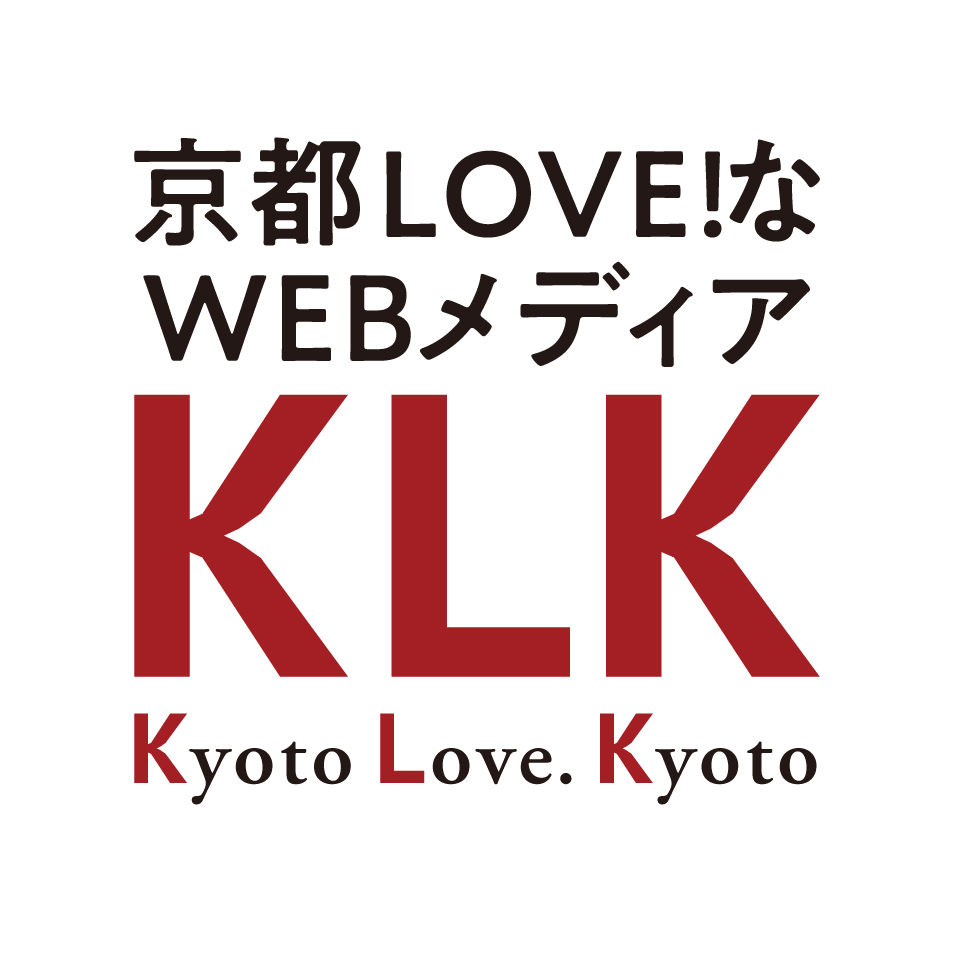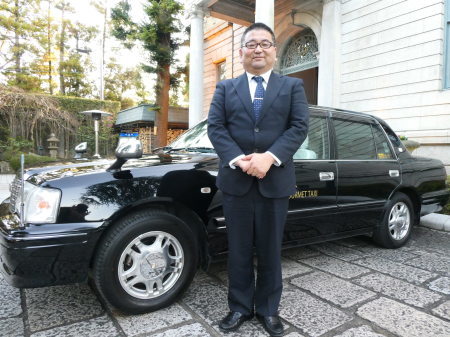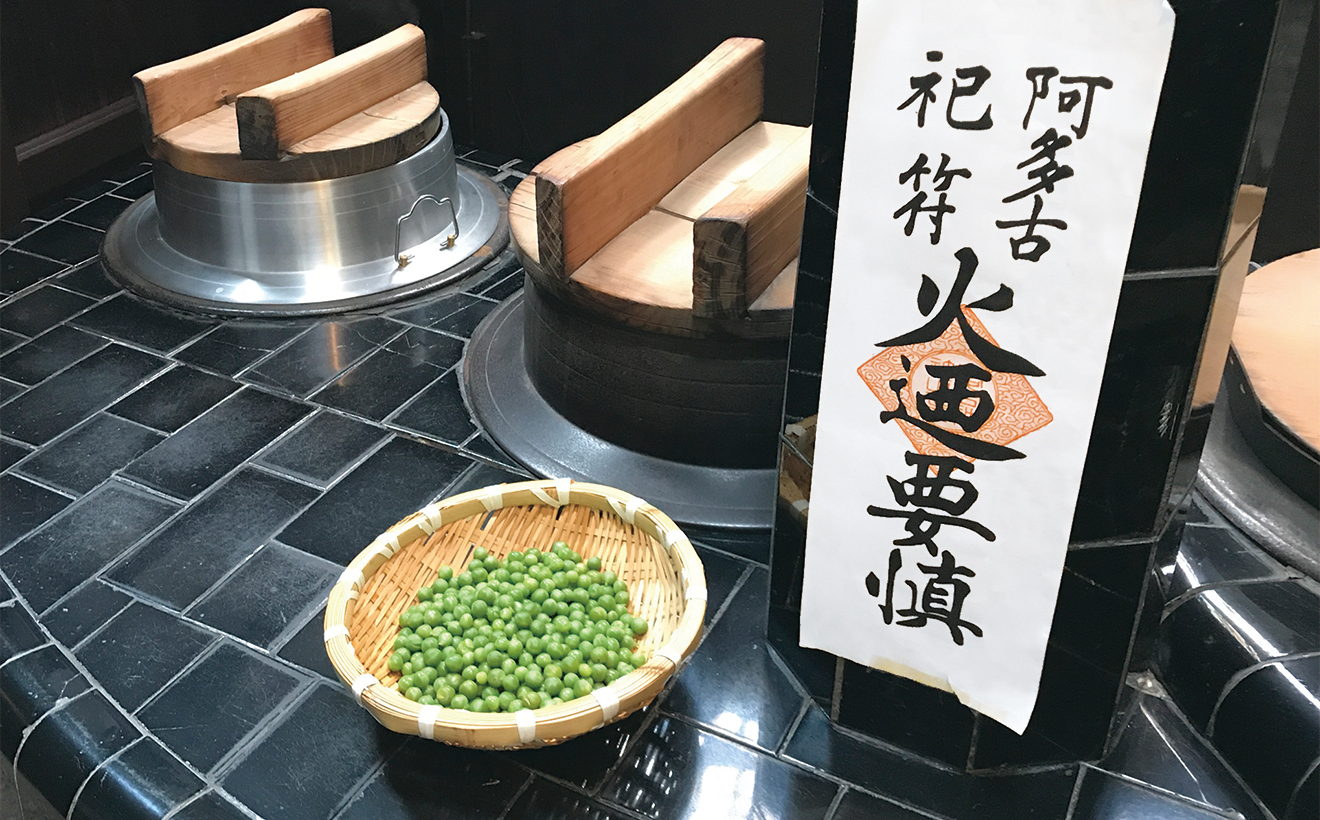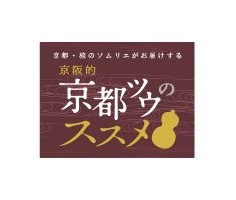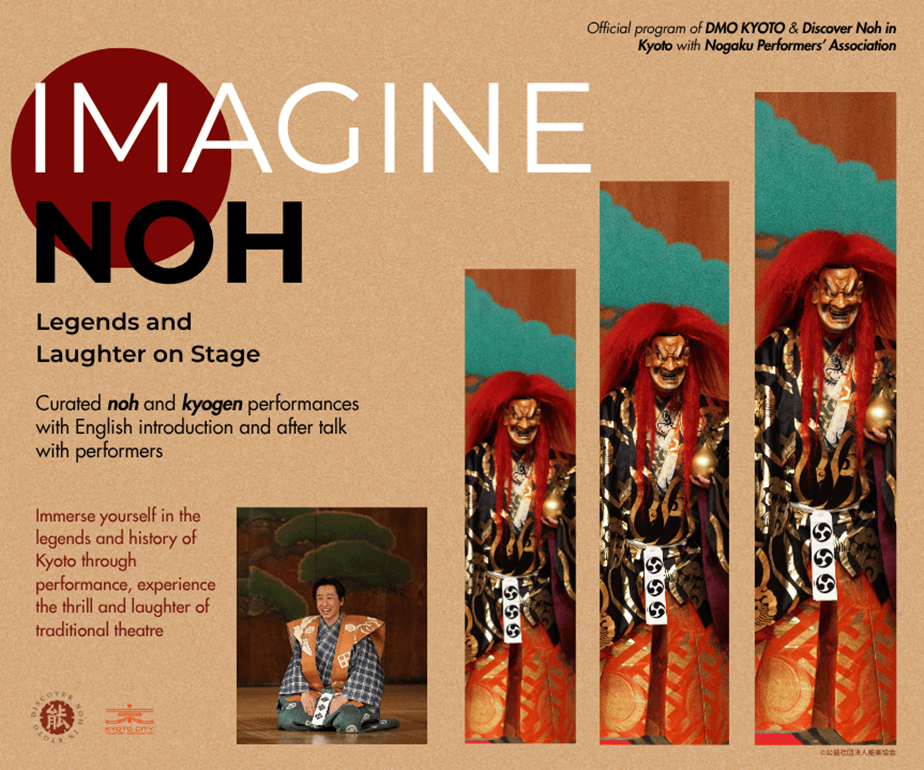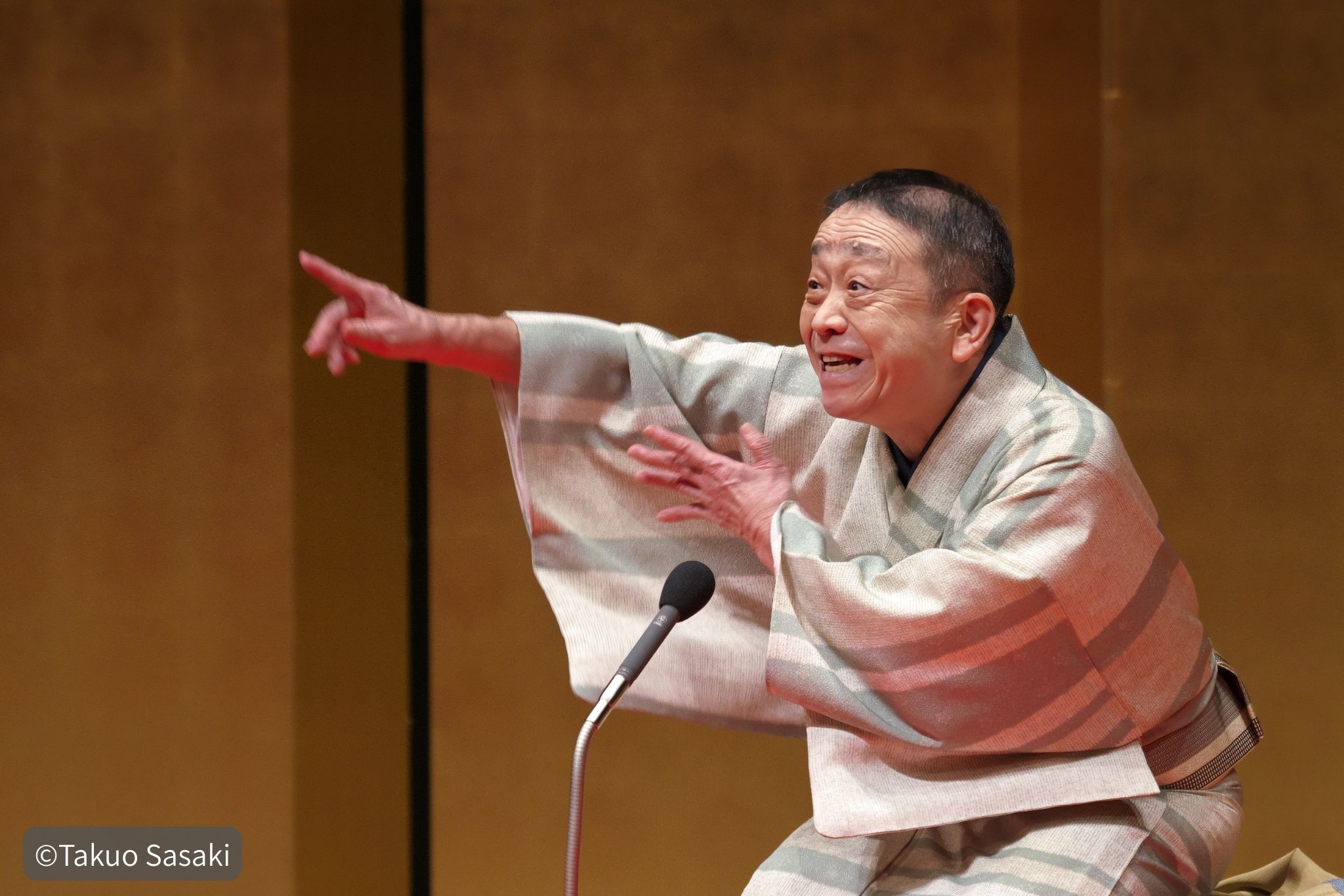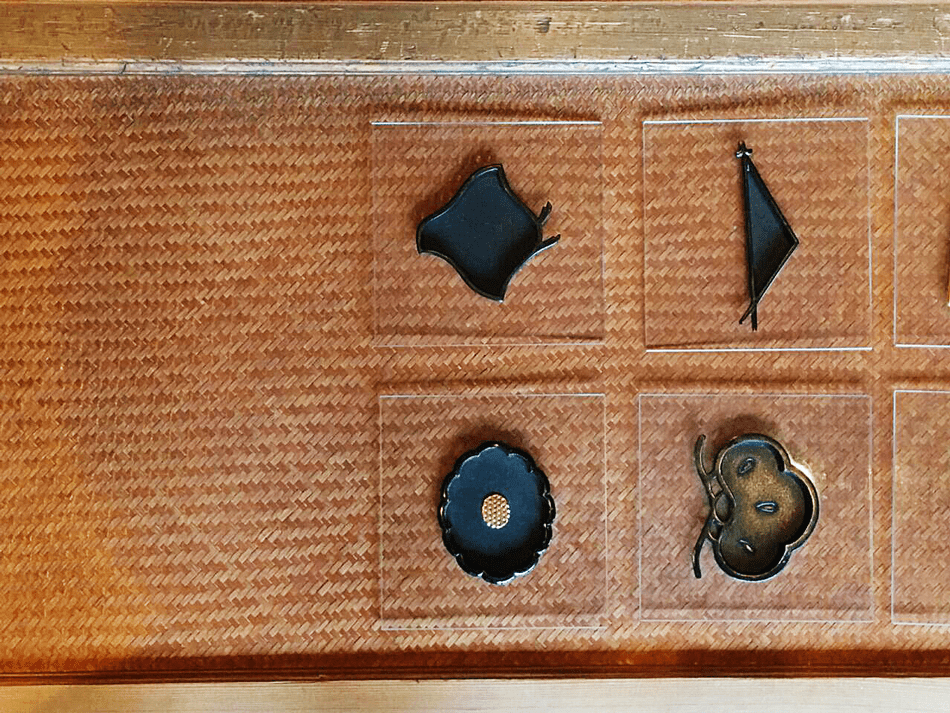
TEXT BY: 나츠미 타부사
에어루 컴퍼니 일본 서부 사업부 총괄 매니저
"단순한", "기본적인", "자연스러운"...
패션 잡지와 다른 매체에서 자주 보는 단어입니다.
일상생활에서는 장식이 너무 많은 제품보다는 실용적인 옷과 제품을 선호합니다. 하지만 가끔은 제 마음을 사로잡는 무언가를 발견하기도 합니다.
"이 장식 없이도 쓸 수 있을 것 같은데... 너무 예쁘네요...!"
오늘의 주제는 "가나모노, 금속 부속품도 그러한 것 중 하나입니다.
이 글에서는 일본에서 찾아볼 수 있는 옛날식 전통 금속 부속품에 대해 이야기해보겠습니다.
전통 금속 피팅과의 만남
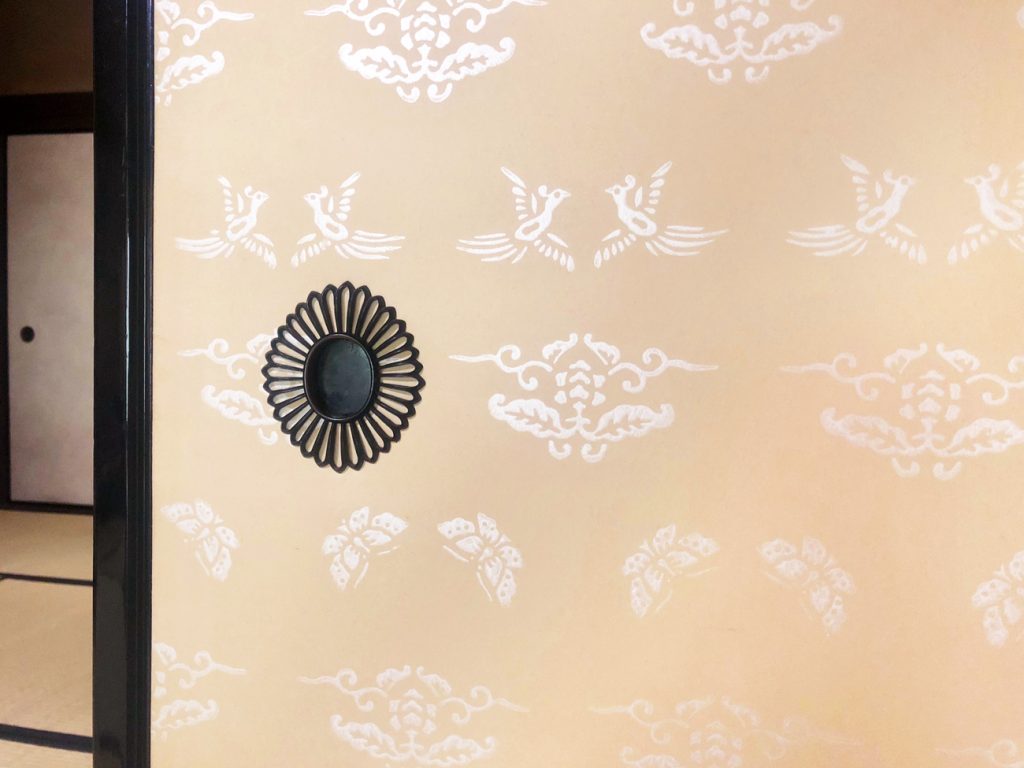
내가 처음으로 "에 주의를 기울이기 시작했을 때가나모노” 금속 부속품이라 이름만 들어도 생소했던 기억이 납니다.
금속 부속품은 실제로 못, 나사, 경첩 및 "부품"을 포함하여 우리 삶의 모든 곳에 존재합니다.후스마”잡아서 열 수 있는 슬라이딩 도어.
일본의 전통적인 목조 주택에는 오랫동안 매우 화려한 금속 부속품이 사용되었습니다.
하지만 서양 생활 방식에 맞춰 디자인이 더 단순해졌다고 합니다.

금속 부속품 도매업체인 카와초에서 출판한 책이 나에게 금속 부속품의 매력을 처음 알려주었습니다.
저는 제가 일하는 직장인 "아에루고조"에서 열린 출간 기념 행사에서 이 책을 우연히 발견했습니다.
전통과 현대의 금속 설비에 대한 그림을 곁들인 이 책을 읽으며, 그런 '심오한 세계'가 내 일상생활에 이렇게 가까이 있다는 사실에 놀랐습니다.
전통적인 금속 장식은 최신 디자인은 아니지만 아름답고 현대적으로 보였습니다.
기능성과 아름다움을 겸비한 전통적인 금속 부속품의 존재를 눈여겨보게 되었습니다.
'일본식 공간'을 연출하는 금속장식
카와초 금속 피팅 도서 출간 기념 행사는 눈을 뜨게 하는 강연이었습니다.
그것은 우리가 무언가를 "일본 스타일"이라고 인식하는 방법에 대한 이야기였습니다.
정확히 무엇이 우리에게 일본적인 풍미를 느끼게 하는 걸까?
이 사진 속의 일본식 가슴을 예로 들어 보겠습니다.
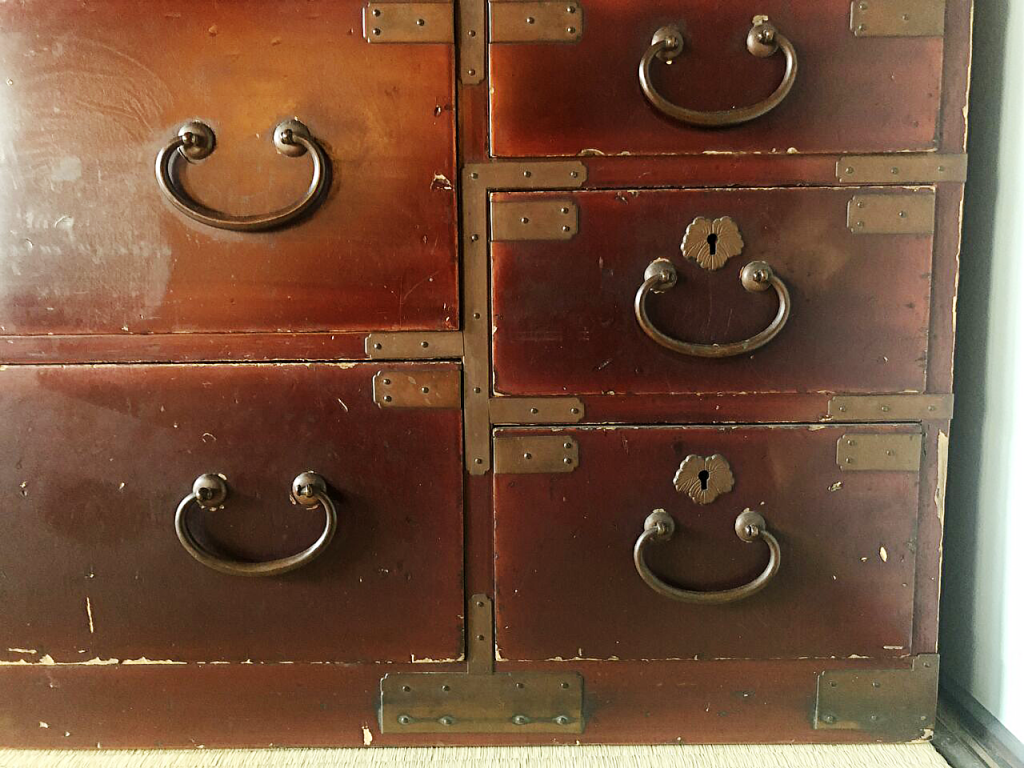
"라고 불리는 핸들이 있습니다.탄스칸"서랍을 열기 위해 우리가 잡고 있는 것"
열쇠 구멍과 모서리에도 더 많은 금속 부속품이 사용됩니다.
그러면 이 모든 것을 제거하고 서양식 손잡이로 교체하면 어떻게 될까요?
일본의 상자는 아마도 매우 다른 인상을 줄 것입니다.
즉, 금속 장식이 실제로 우리에게 '일본적'이라는 느낌을 주는 데 큰 역할을 한다는 것을 알 수 있습니다.
작은 금속 장식은 '일본식 공간'을 조성하는 조용한 영웅이었습니다.
색상은 절제되어 있지만, 방의 분위기를 연출하는 데는 그 존재감이 매우 중요합니다.
그들이 화려함을 더하는 방식은 미묘하면서도 우아합니다.
이 이야기를 듣고 나서 저는 금속 부속품이 얼마나 매혹적인지 깨달았습니다.
"단순함이 최고다." 정말 그럴까?
얼마 전 일본의 고대 수도인 나라에 갔을 때, 저는 "나라마치 니기와이노이에"라는 전통 목조 주택에 들렀습니다.
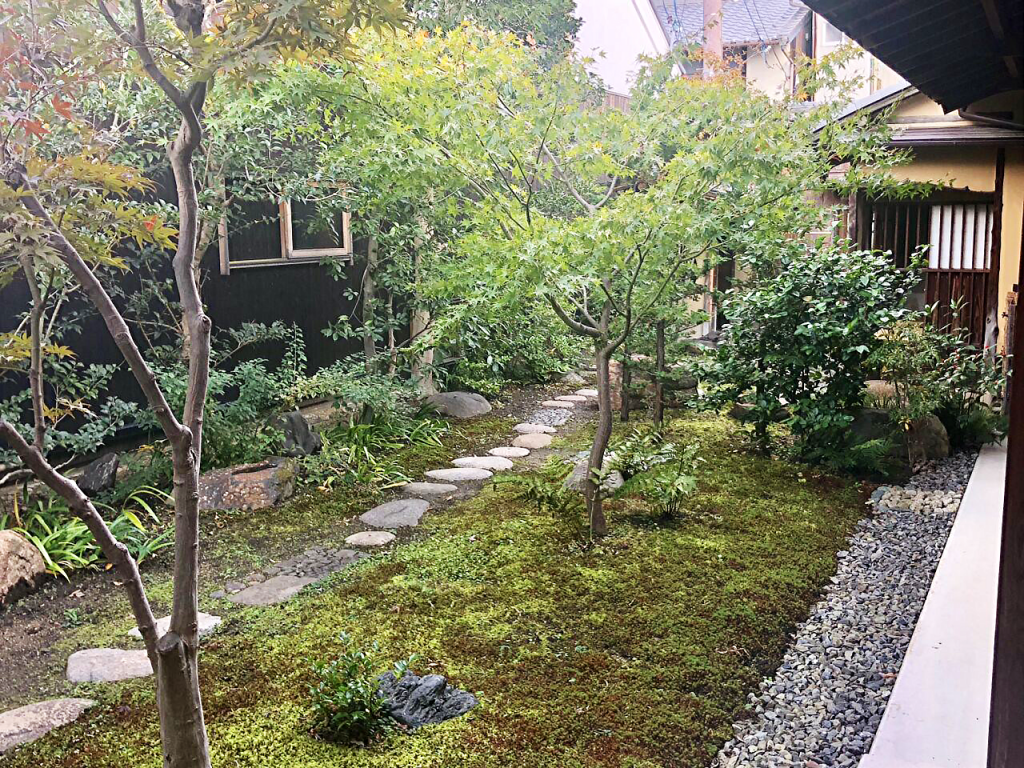
집 안에서 이 옷걸이를 발견했어요.
자세히 보면, 부드럽게 휘어진 금속 장식이 보입니다.
금속 부속품만이 아닙니다. 아름다운 질감의 나무 판이 있고, 맨 위에는 대나무 막대기가 조용히 장식되어 있습니다.
(이전 기사를 꼭 확인하세요."나무결을 즐겨보세요.")
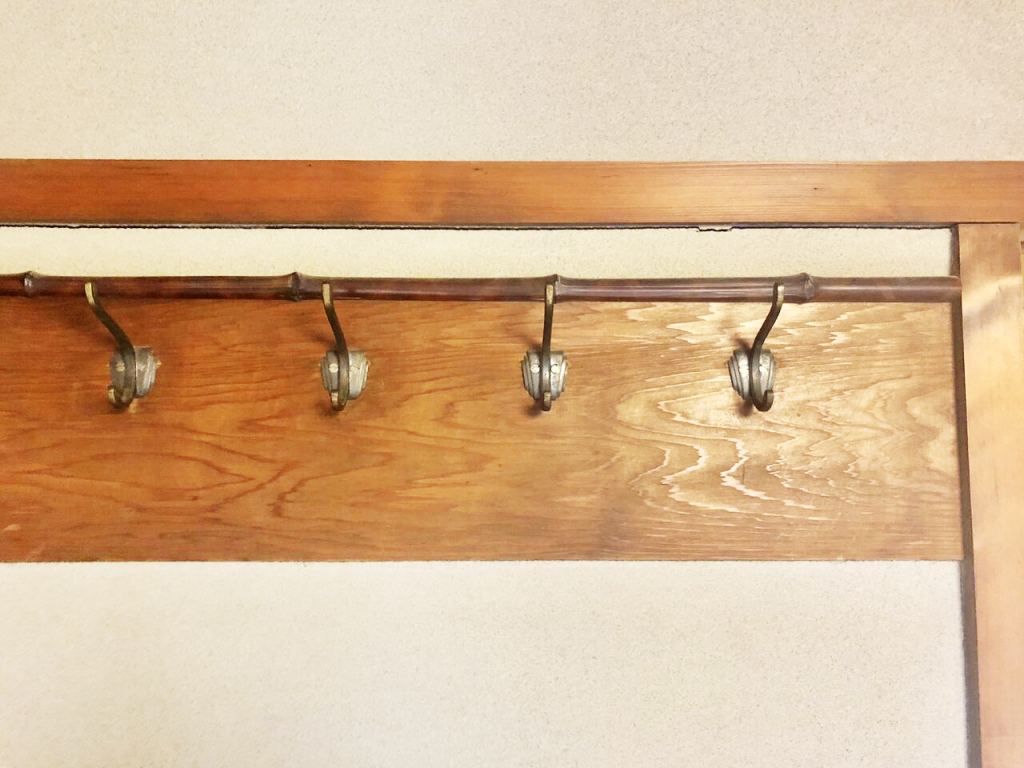
나라마치 니기와이노이에의 옷걸이
아마도 대량소비 시대에 살고 있기 때문에 우리 주변의 모든 것이 단순하게 디자인되고 불필요한 요소는 제거되는 추세가 있는 것 같습니다.
그러니 이런 종류의 장식은 "너무 과하다"고 할 수도 있을 것입니다.
하지만 세부 사항에 대한 헌신과 아름다움에 대한 감각을 발견할 때마다 수십 년 전의 장인들과 소통하고 싶은 기분이 듭니다.
마치 시간과 공간을 초월한 창작자들과의 대화와 같습니다.
그들은 누군가가 자신의 작품을 알아차릴지 궁금해하며 약간의 설렘을 안고 무언가를 떠났을 수도 있습니다.
"단순함이 최고다"의 반대말은 다음과 같습니다.
작은 금속 장식은 미니멀리스트 디자인과는 다른 아름다움을 보여줍니다.
가쓰라 황실 별궁의 금속 장식을 보러 가다
저는 지금 제가 가장 관심을 갖고 있는 금속 부품에 대해 이야기하면서 마무리하겠습니다.
제가 오랫동안 가보고 금속 장식을 볼 기회를 기다려왔던 곳이 있습니다. 바로 가쓰라리큐입니다.
제가 이전에 소개한 가와초 금속장식 책에 따르면, 이 빌라에는 유명한 금속장식이 있다고 합니다.
그것은 "후스마” 슬라이딩 도어 손잡이(손을 넣어 여는 부분)는 한자 '달'을 기반으로 한 디자인입니다.
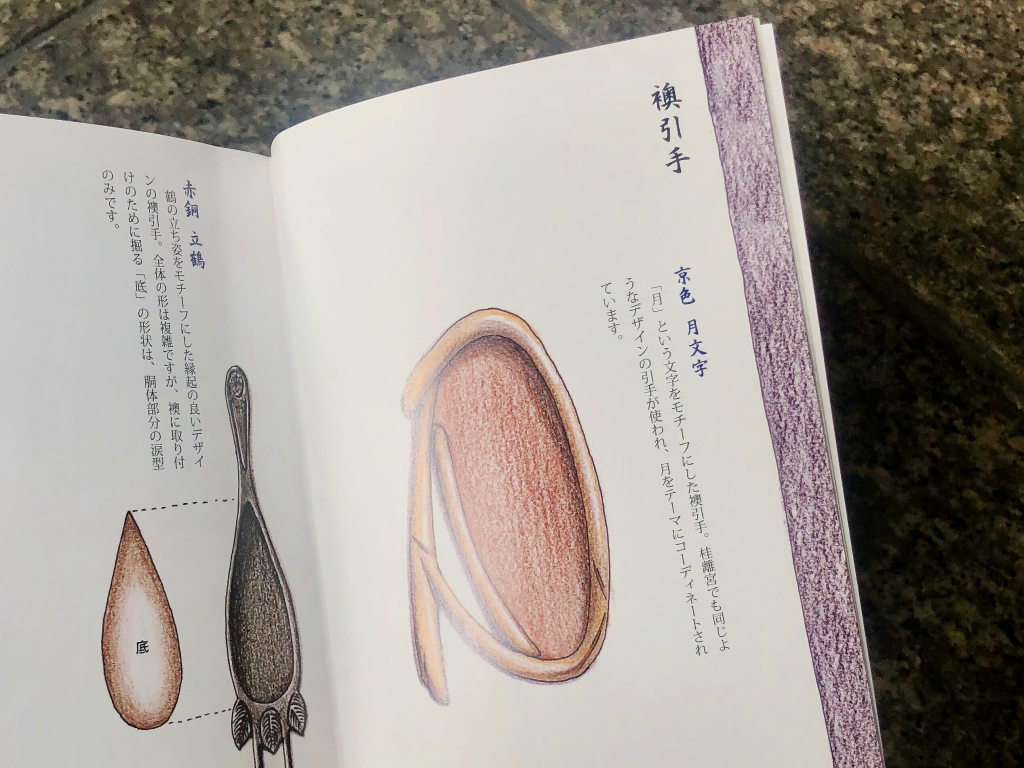
(오른쪽) 초서체로 달을 형상화한 금속장식 디자인
가쓰라리큐에는 곳곳에 '달'과 관련된 상징물이 있다.
장인들의 작업에 대한 헌신은 단 하나의 문 손잡이에서도 드러납니다.
이렇게 세부 사항에 주의를 기울인 사이트를 방문해 보시고 싶지 않으신가요?
장인들이 주는 영감에 따라 어딘가를 탐험하는 것은 신나는 일입니다.
일본의 전통에 대해 더 많이 알수록, 교토에서 방문하고 싶은 곳이 많아집니다.
이전에는 알아차리지 못했던 호기심이 커지면서 나 자신에 대한 새로운 부분을 발견한 것 같은 기분도 듭니다.
여러분께서도 이 이야기를 통해 영감을 얻으셨으면 좋겠습니다.
